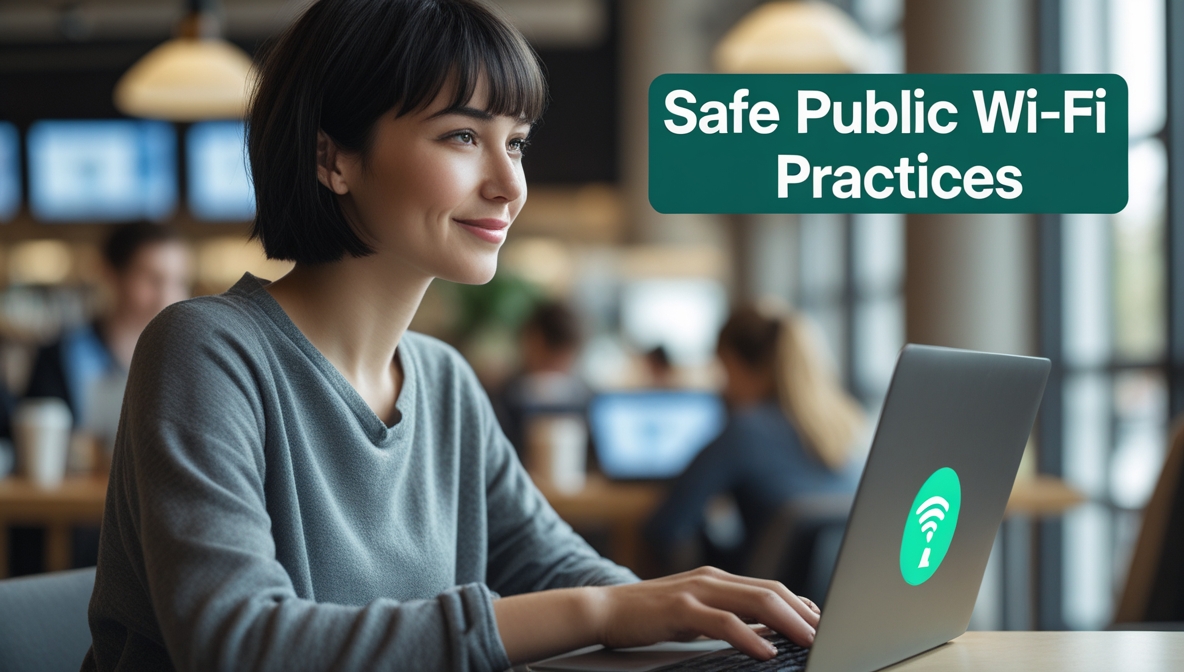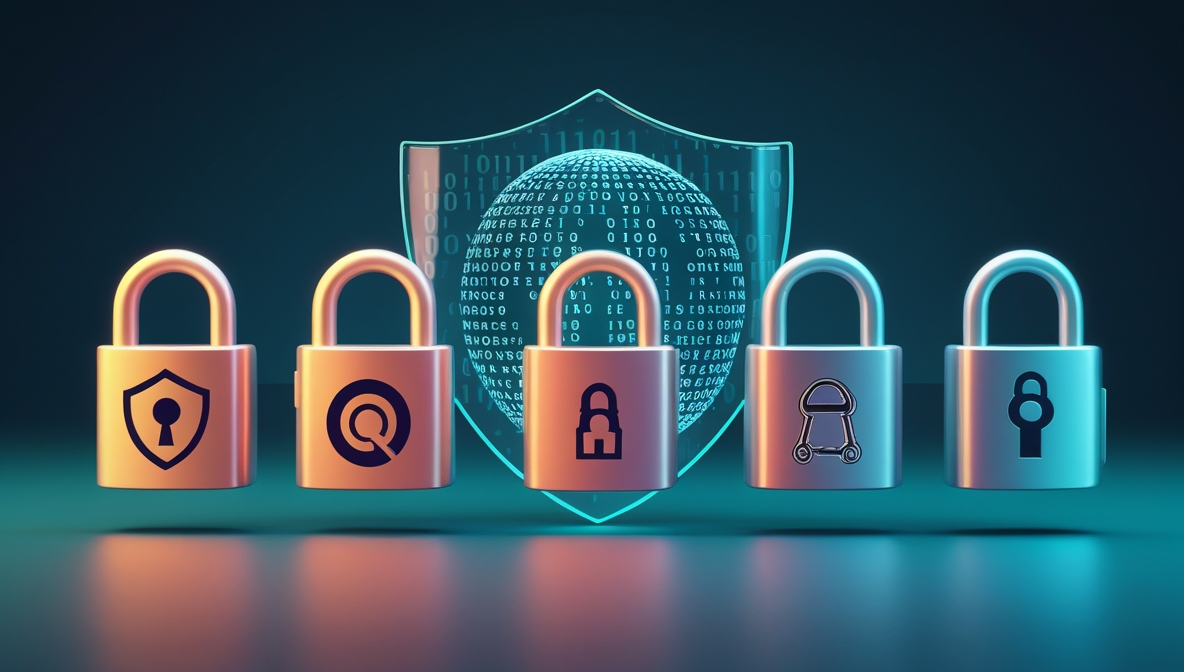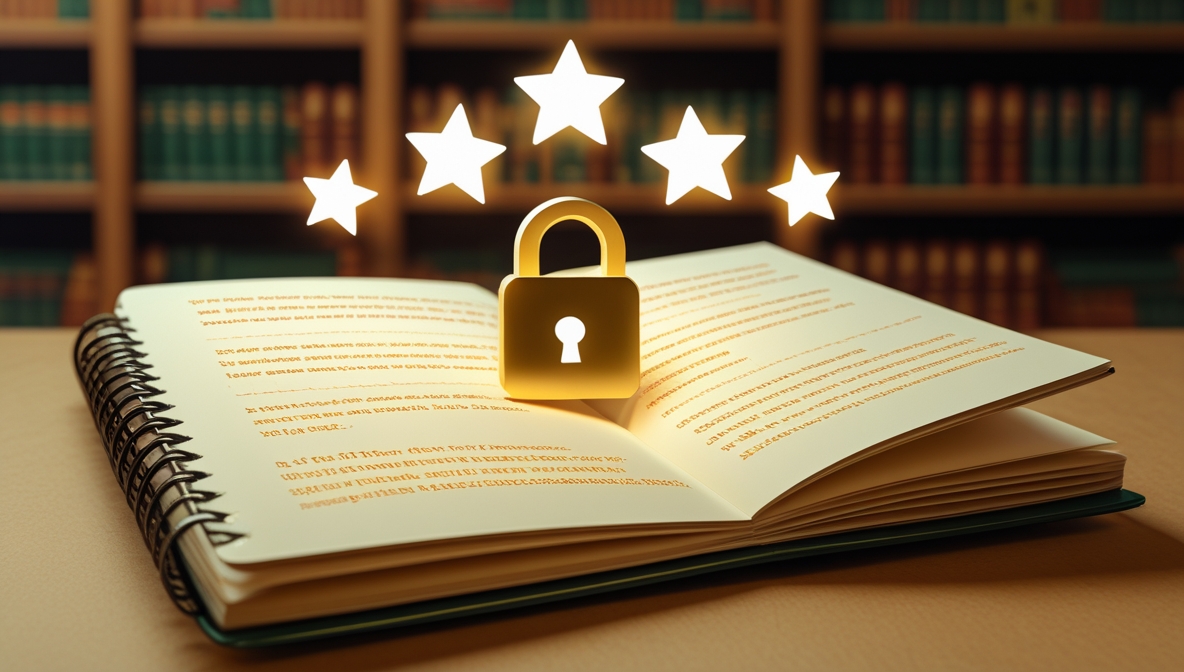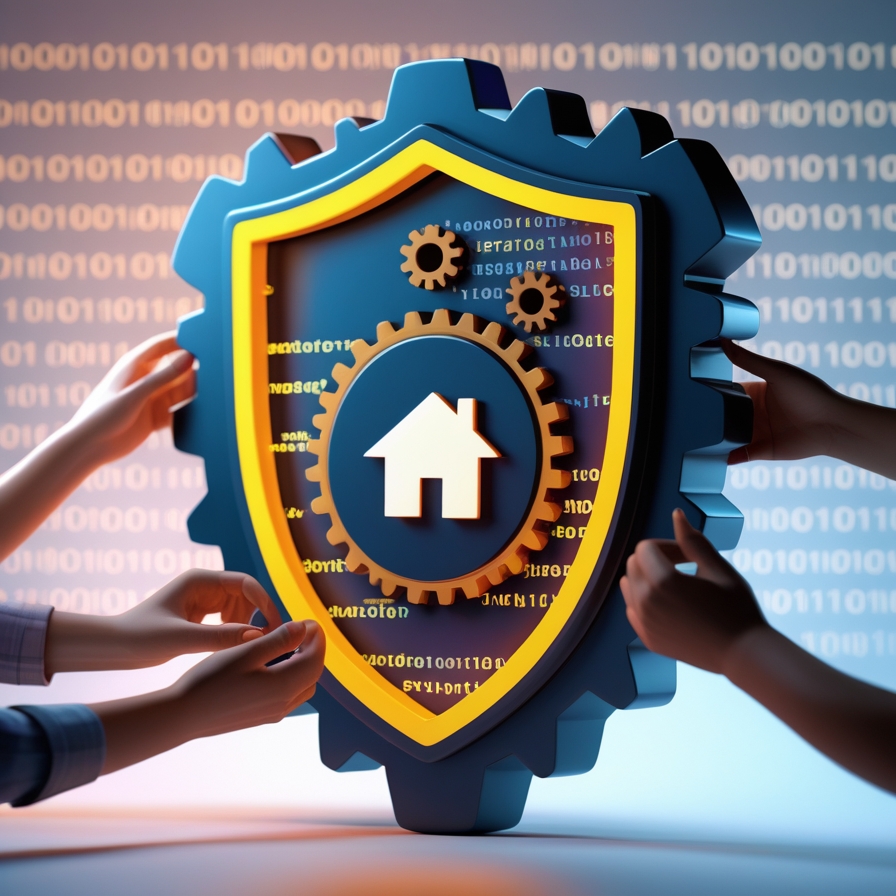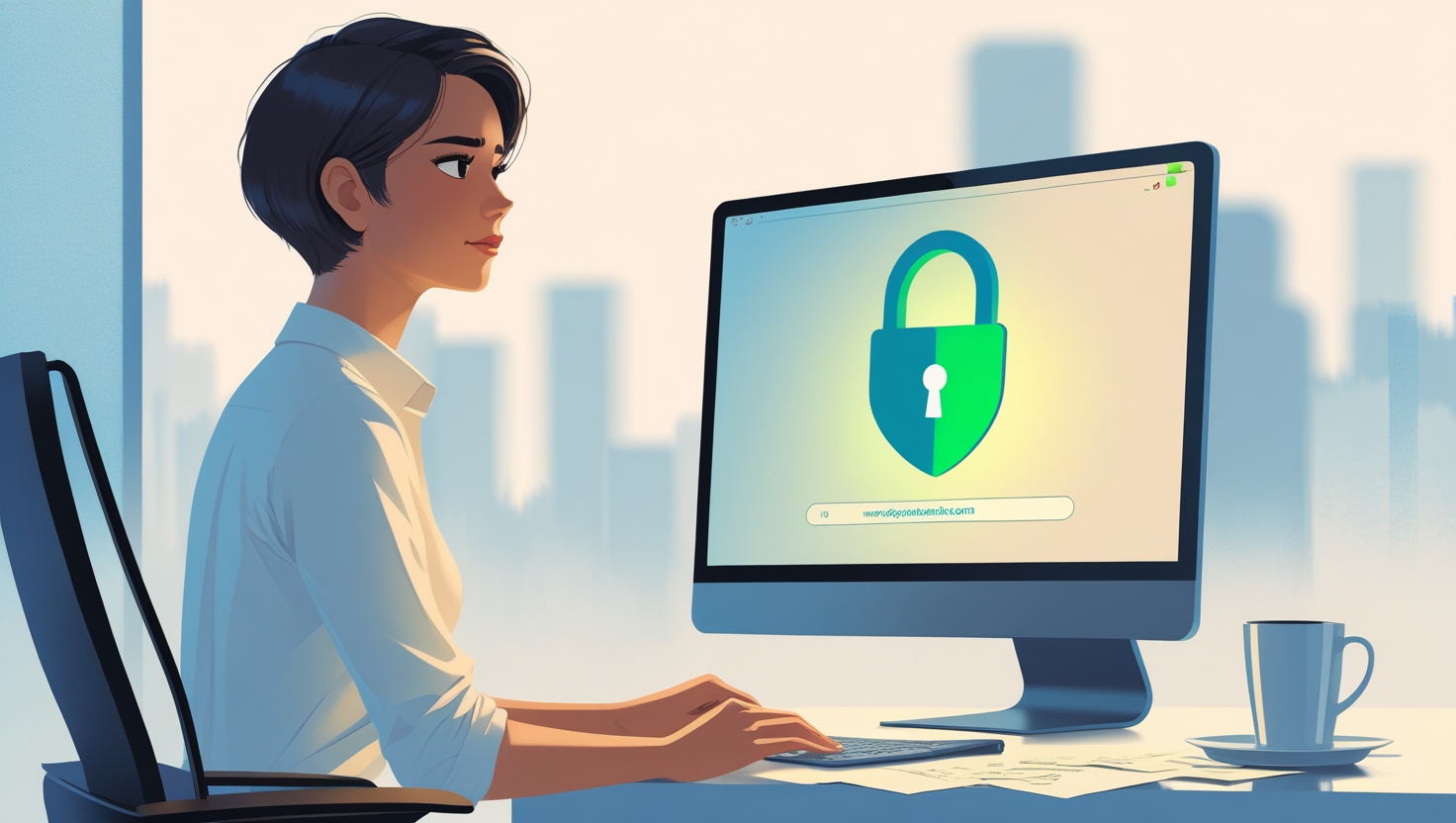In today’s hyper-connected world, public Wi-Fi is everywhere — in coffee shops, airports, libraries, hotels, and malls. While convenient, using public Wi-Fi without proper safeguards can put your sensitive data at risk. Hackers often target unsecured networks to intercept communications, steal personal information, or install malicious software. Below, we outline comprehensive, expert-approved safe public Wi-Fi practices to keep your data private and your devices secure.
Understanding the Risks of Public Wi-Fi
Public Wi-Fi networks are typically unencrypted and do not require authentication to establish a connection. This means that cybercriminals can easily intercept data transmissions, especially when users access unencrypted websites or enter login credentials.
Some of the most common threats include:
-
Man-in-the-middle (MITM) attacks
-
Evil twin networks (malicious lookalike hotspots)
-
Packet sniffing and data interception
-
Session hijacking
-
Malware injection
Knowing these risks is the first step toward adopting effective public Wi-Fi safety strategies.
Use a Virtual Private Network (VPN)
The most effective defense against public Wi-Fi threats is a VPN. A VPN encrypts your internet connection, creating a secure tunnel for your data to pass through, making it virtually impossible for hackers to see what you’re doing online.
-
Choose a reputable VPN provider with a strict no-logs policy.
-
Enable the VPN before connecting to a public network.
-
Use VPNs on all devices: laptops, smartphones, and tablets.
Connect Only to Secured Networks
Not all public Wi-Fi is equally dangerous, but a secured Wi-Fi network is always safer than an open one.
-
Look for networks that require a password.
-
Verify the exact network name with a staff member to avoid connecting to fake hotspots.
-
Avoid networks labeled “Free Public Wi-Fi” — a common trap used by attackers.
Use HTTPS Everywhere
Even with a VPN, it’s vital to ensure that your browsing is secure.
-
Always look for HTTPS in the URL bar before entering sensitive information.
-
Install browser extensions like HTTPS Everywhere to enforce secure connections.
-
Be cautious of websites that default to HTTP instead of HTTPS.
Turn Off Auto-Connect and Sharing Settings
By default, many devices automatically connect to known networks, which can be exploited by attackers who create rogue networks with the same name.
-
Disable auto-connect to Wi-Fi networks in your settings.
-
Turn off file sharing, printer sharing, and public folder access.
-
Switch your device’s network type to “Public” rather than “Home” or “Work” for added firewall protection.
Enable a Firewall and Keep Your Device Updated
A firewall acts as a barrier between your device and potential threats. While it won't prevent all types of attacks, it’s an important layer of defense.
-
Ensure that your device’s firewall is enabled.
-
Keep your operating system and software up-to-date to patch known vulnerabilities.
-
Install antivirus and anti-malware software for additional protection.
Avoid Accessing Sensitive Accounts
When using public Wi-Fi, avoid logging into bank accounts, email, or sensitive work platforms unless absolutely necessary.
-
If you must log in, ensure it’s through a secure HTTPS connection and preferably with VPN enabled.
-
Two-factor authentication (2FA) adds an extra layer of security if your credentials are compromised.
-
Log out of all sessions and avoid saving passwords on browsers.
Use Mobile Hotspots When Possible
One of the safest alternatives to public Wi-Fi is using your mobile phone as a personal hotspot.
-
It’s encrypted and harder for hackers to breach.
-
Most carriers offer this feature as part of their plans.
-
Ensure your hotspot is protected with a strong password and WPA3 encryption if available.
Monitor Your Connections and Network Activity
Stay vigilant about your device’s network behavior while on public Wi-Fi.
-
Use tools like Little Snitch (Mac) or GlassWire (Windows) to monitor outbound connections.
-
Be cautious of unexpected pop-ups, disconnections, or frequent redirects, which may signal a compromised network.
-
Regularly check for unusual activity on your accounts, especially after using public networks.
Log Out and Forget the Network After Use
Once you’re done using public Wi-Fi, don’t just disconnect — log out of all services, and instruct your device to forget the network.
-
This prevents your device from automatically reconnecting in the future.
-
It minimizes the risk of accidental exposure the next time you're near the same hotspot.
Use Secure DNS Services
Using a secure DNS service can add a layer of protection against phishing and malware.
-
Replace your ISP’s DNS with Google Public DNS, Cloudflare (1.1.1.1), or OpenDNS.
-
Secure DNS services help block known malicious sites and protect your browsing activity.
Use Encrypted Messaging Apps
If you need to communicate over public Wi-Fi, opt for end-to-end encrypted messaging services such as:
-
Signal
-
WhatsApp
-
Telegram (Secret Chats)
These apps ensure that your conversations remain private, even if your internet connection is compromised.
Educate Your Team or Family on Best Practices
Public Wi-Fi risks extend beyond personal usage. Make sure your coworkers, children, and travel companions are also informed.
-
Create a Wi-Fi safety checklist for team members who travel frequently.
-
Train employees on using VPNs, encrypted email, and device protection tools.
-
Encourage a security-first culture across your organization or household.
Summary: Best Practices for Safe Public Wi-Fi Use
| Best Practice | Purpose |
|---|---|
| Use a VPN | Encrypts internet traffic |
| Verify network authenticity | Avoid fake or rogue hotspots |
| Disable sharing & auto-connect | Prevents unauthorized access |
| Keep your system and apps updated | Reduces vulnerabilities |
| Avoid sensitive transactions | Protects banking and personal info |
| Log out and forget networks | Prevents automatic future connections |
| Use strong passwords and 2FA | Enhances account protection |
| Monitor your device’s behavior | Detects suspicious activity |
<button></button>
By integrating these safe public Wi-Fi practices, you can confidently use wireless networks without compromising your security. Public Wi-Fi can be a useful tool — but only if you know how to protect yourself against its risks.
